Everyday Science

There is science all around you!
The Everyday Science program was launched with our Discovery Playground at Hinsdale Park in 2018, where visitors can learn about simple science concepts like friction and inertia through descriptions of playground equipment. In 2021, the MMA was generously funded by the ReMain Nantucket Fund to create Everyday Science curriculum and develop take-home activity kits. Check out the lesson plans below and turn your home into your very own science center!
Our activities are suitable for various ages, and many follow Next Generation Science Standards for continued learning at home.

Everyday science Activities
Take Home Tide Pools
Grades K-5
In this activity, you will get to simulate low and high tides in your tide pool model! This will help you visualize what’s going on in our local tide pools and why certain areas of our beaches are sometimes exposed and sometimes under water. After we are done, you can leave your tide pool outside to play with—it’s now the perfect tide pool-themed sensory bin!
Ocean Acidification
Grades 6-8
In this activity, you will get to create a carbon dioxide–rich atmosphere in a cup and watch how it changes the water beneath it. This model of ocean-atmosphere interaction shows how carbon dioxide gas diffuses into water, causing the water to become more acidic. Ocean acidification is a change that can have big consequences on the marine environment.
Slippin' Away
Grades 3-5
There are signs of shoreline erosion all over Nantucket (steep cliffs creeping in land every year, shifting sandbars, increase/decrease in habitat for native species). Humans use many different methods for minimizing erosion, like setting up jetties, planting new vegetation, or in the case of the Siasconset Bluff, they may set up large anti-erosion structures in the sand. In this activity, you will explore beach erosion by building a model. This kit is meant to give you a look at erosion on a faster, smaller scale, and outline how we can slow this process down.
Suck it Up
Grades K-5
Plants have capillaries up and down their stems which allow them to transport water throughout the plant. In this activity, you will get to model the process of a plant soaking up water from the ground. This will help you more concretely visualize the changes that occur in a plant as it takes water up the stem and into the rest of the plant. Once you are done setting up your experiment, all you must do is wait: in a just a couple of days, your white flower will begin to take on the color of the food coloring you place in your jar of water.
Pressing Matters
All Ages
Did you know that leaf and flower pressing began thousands of years ago? Pressed plants have many different uses, from art to cultural practices to science! For scientific purposes, pressed plants serve as a historic record to track plants over the years. With these specimens, scientists can study plant diversity, habitat change, taxonomy, genetics, and more! In this activity, you will create your very own plant press, used for preserving leaves and flowers. With your own plant press, you can begin your very own herbarium to learn about the plants in your environment.
Butterfly, Fly Away!
All Ages
Monarch butterflies are perhaps the most iconic pollinator found on Nantucket island. At all stages of their life cycle, from egg to caterpillar to adult butterfly, butterflies are dependent upon the milkweed plant to survive. With fairly minimal care, we can observe first-hand how monarch caterpillars metamorphose into adult butterflies. One individual monarch will change drastically in appearance over the course of its life. In this activity, you will collect your own monarch eggs, create a nursery for them to hatch and grow in, and you will check them daily to make sure they are healthy and strong, and to see where they are in their life cycle.
Celebrating Chemistry
All Ages
Every year the American Chemical Society celebrates National Chemistry Week (NCW). This year, the theme of NCW is “Fast or Slow...Chemistry Makes It Go!” We witness chemical reactions all the time, and this kit includes materials to observe everyday chemical reaction rates! Channel your inner scientist as you follow the procedures and make observations in the Celebrating Chemistry Activity booklet.
The Life Cycle of a Massive Star
All Ages
The James Webb Space Telescope (JWST) will launch and set up orbit about four times the Earth-Moon distance. It has the ability to study star formation, first galaxies, galaxy assembly, planets and life, and more. In this activity, you will make a visual representation of the life cycle of a massive star by associating different colored beads to different stages of stellar life.

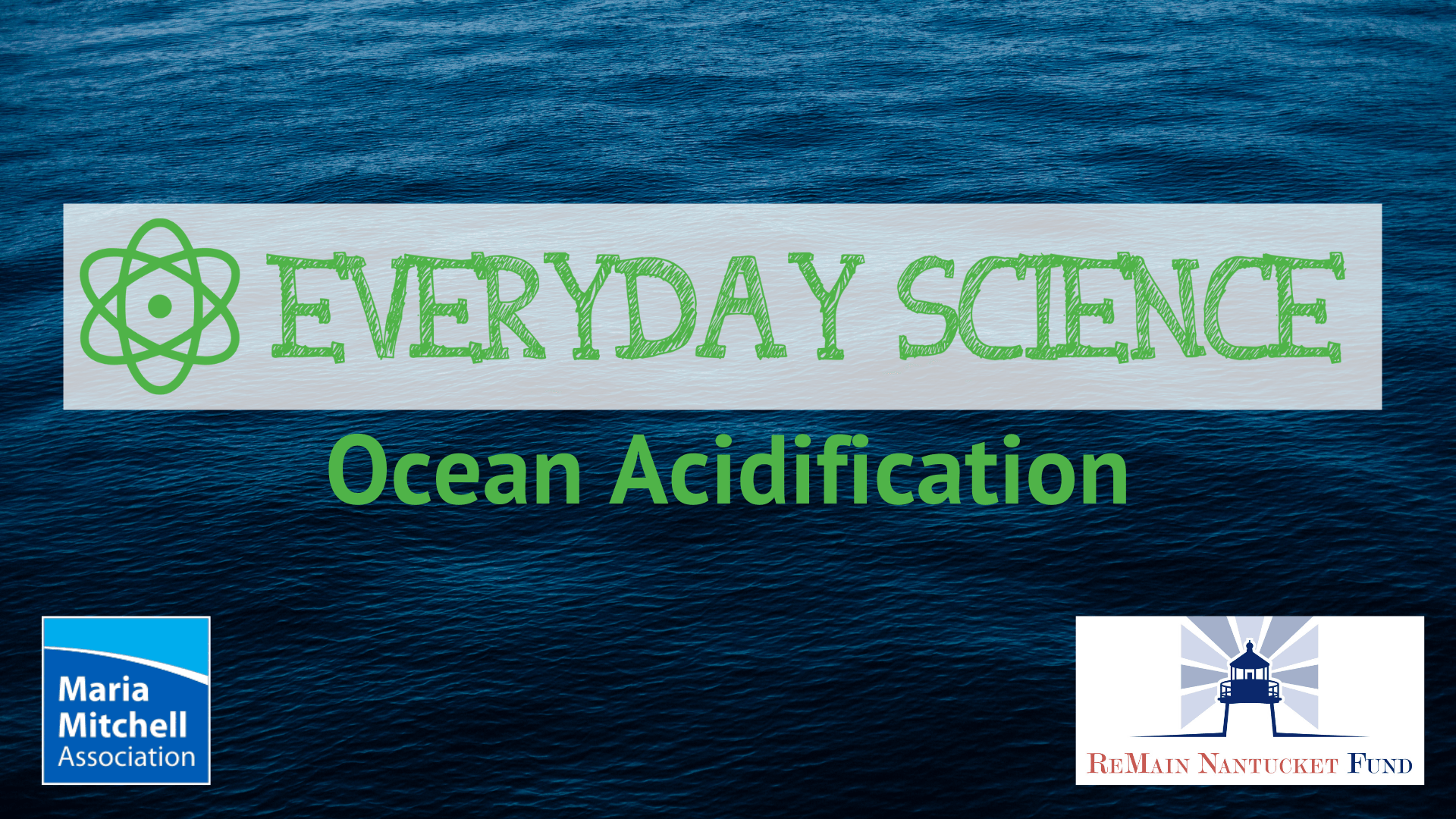
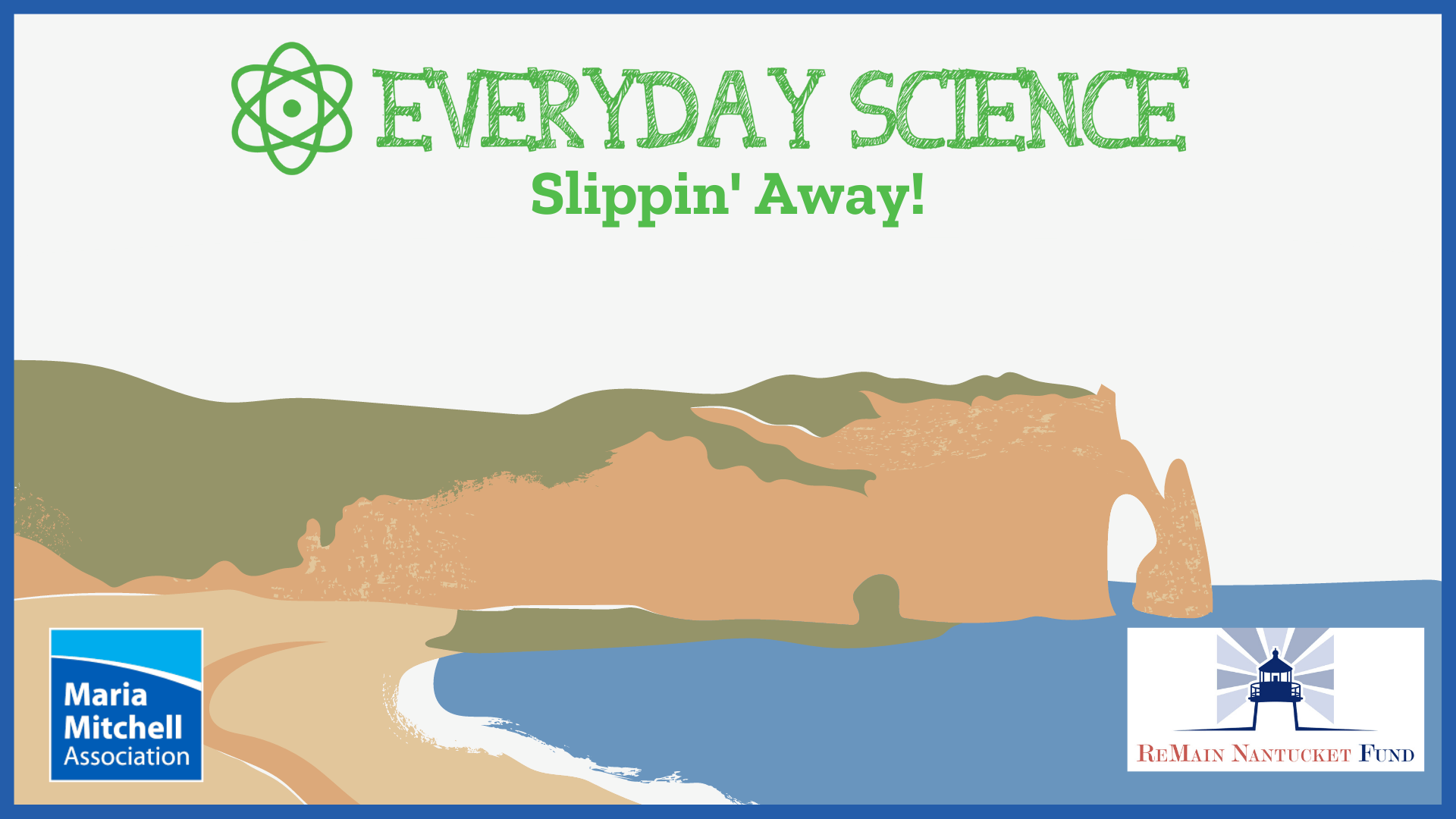

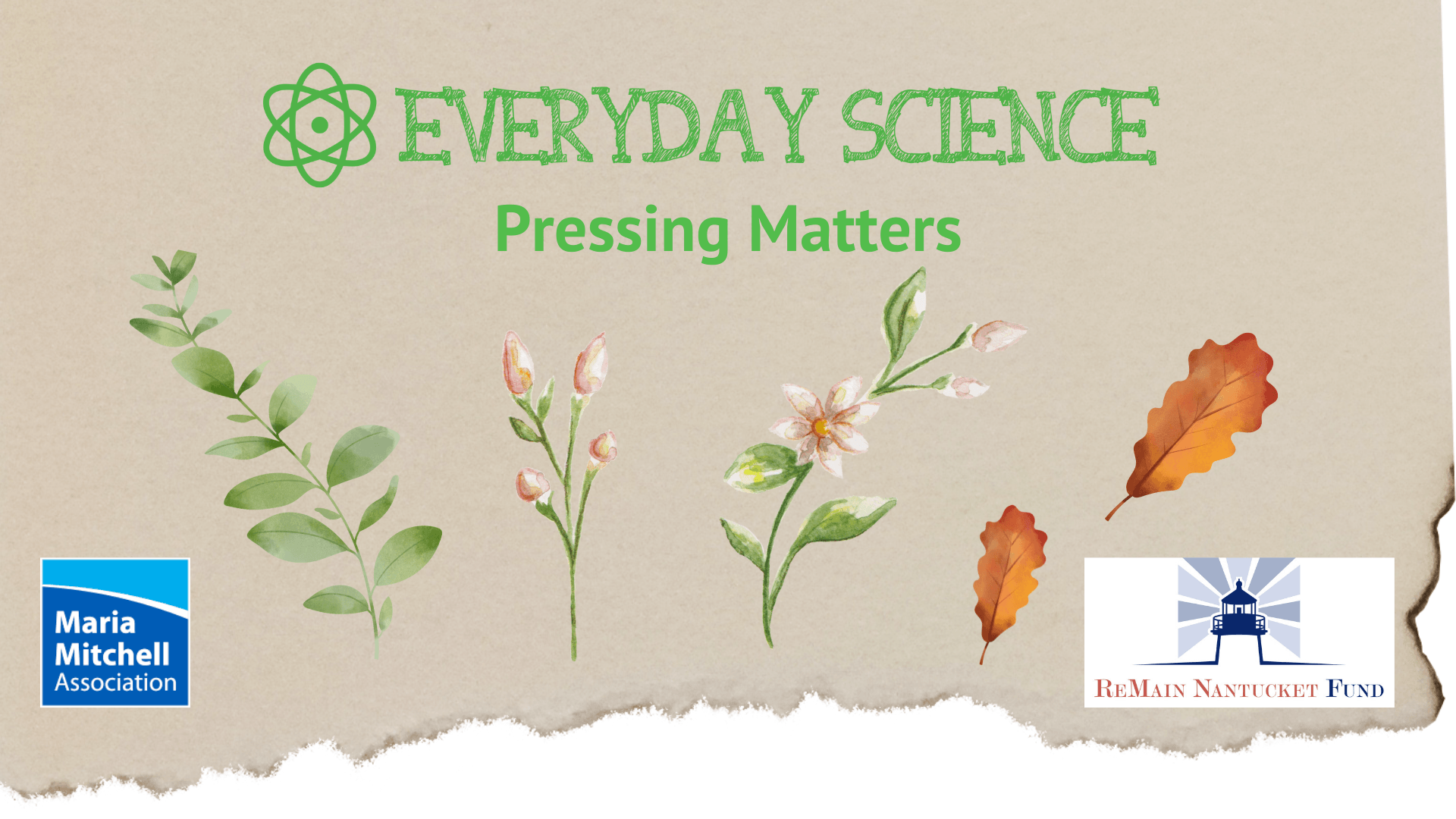
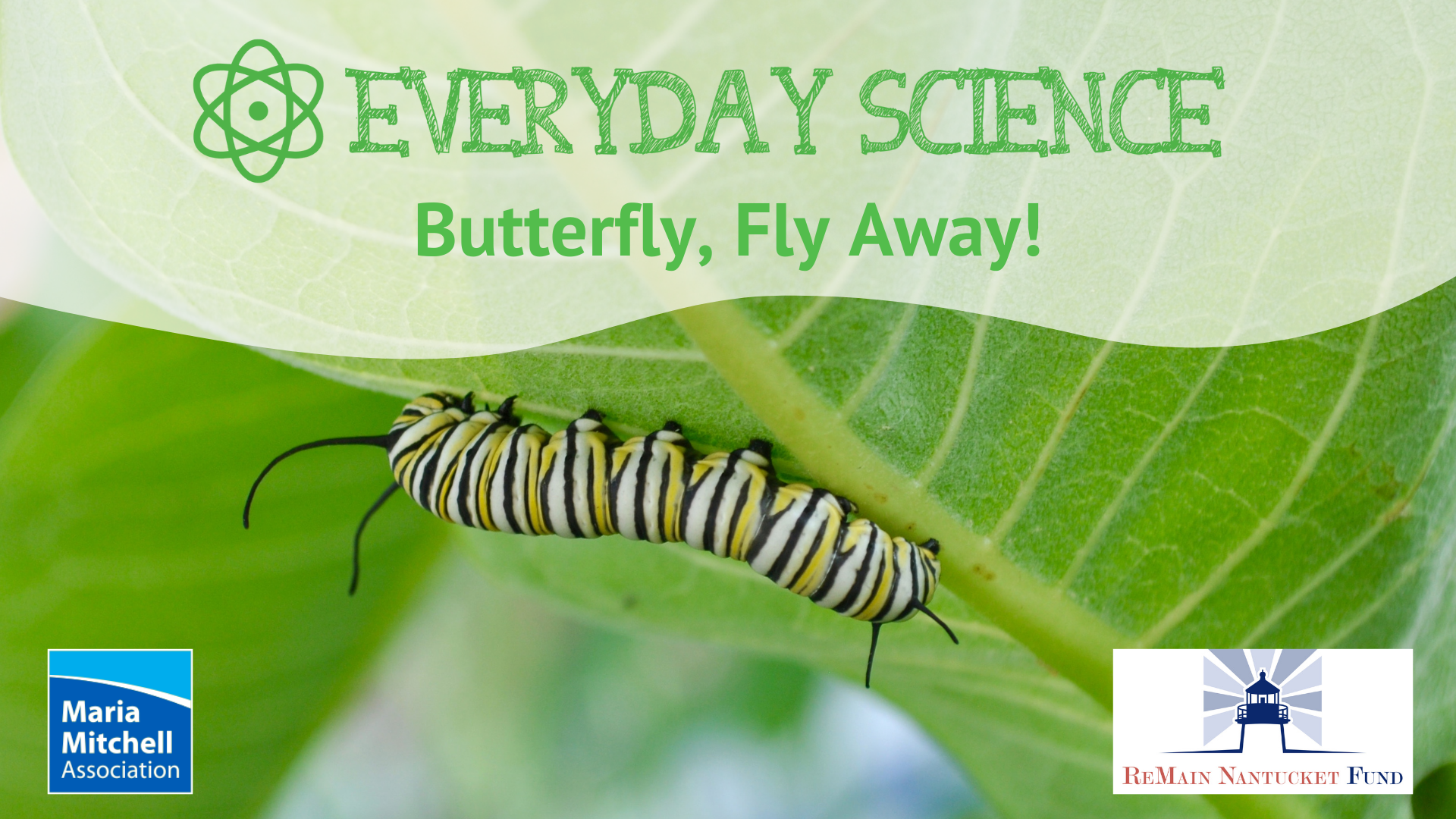
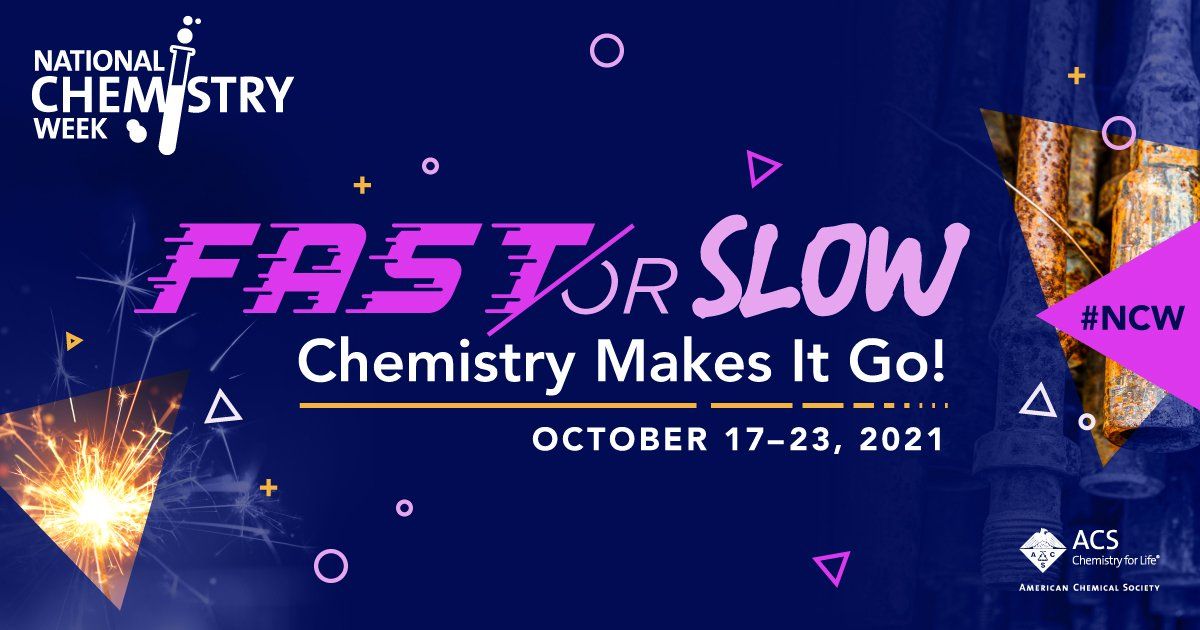
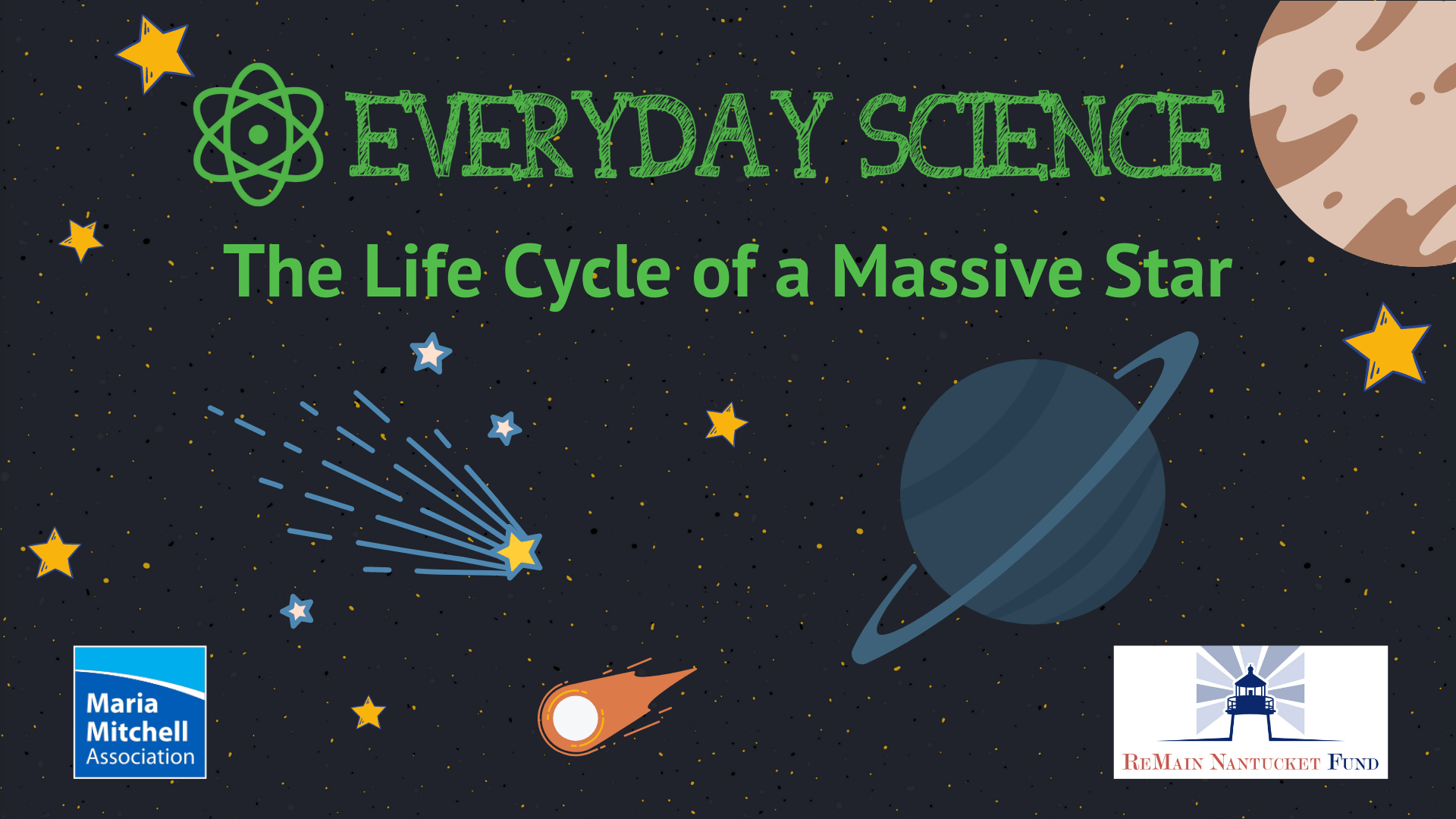
JOIN US
OPPORTUNITIES
CONNECT
Call Us: 508.228.9198
Email Us: info@mariamitchell.org

